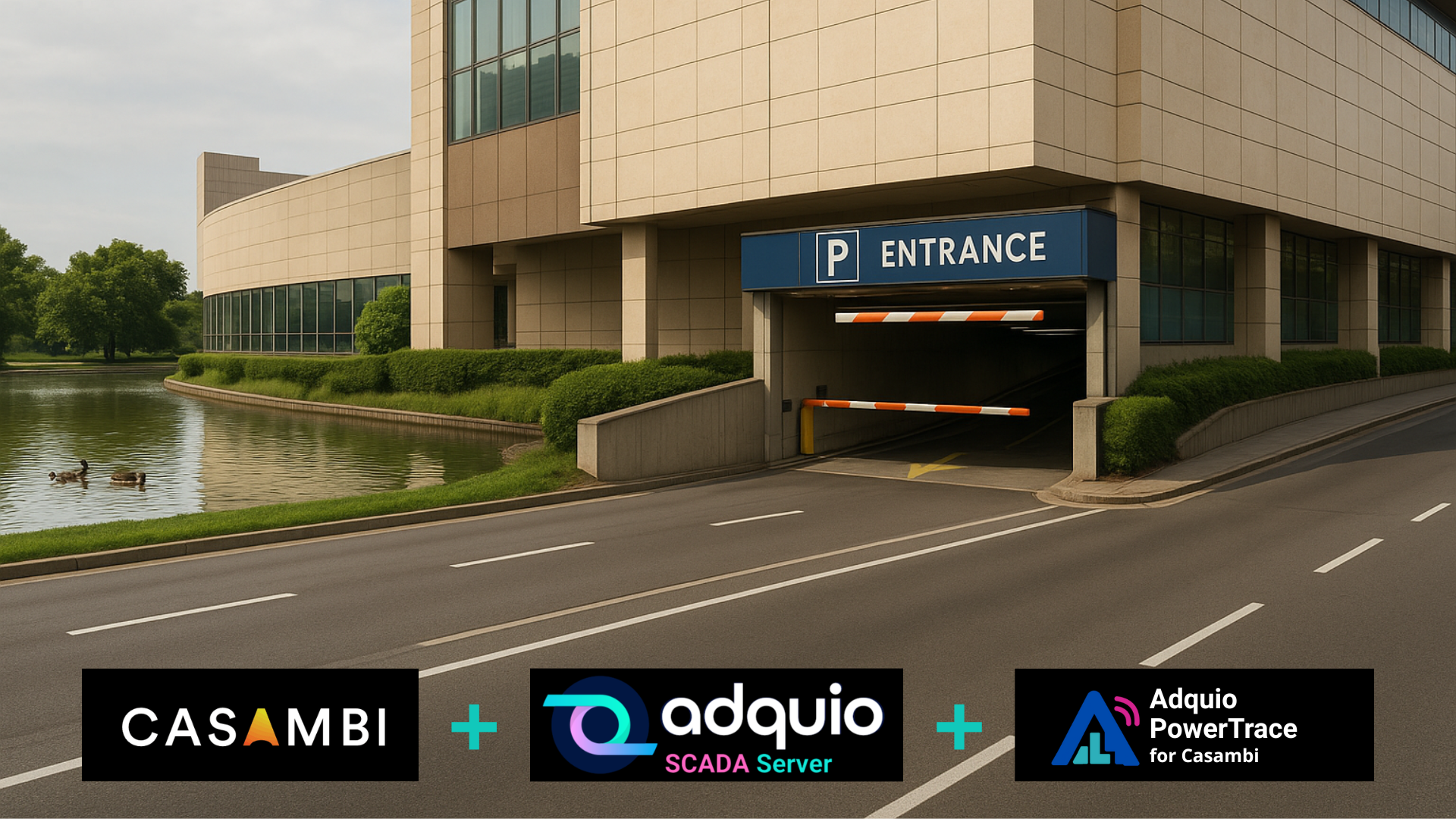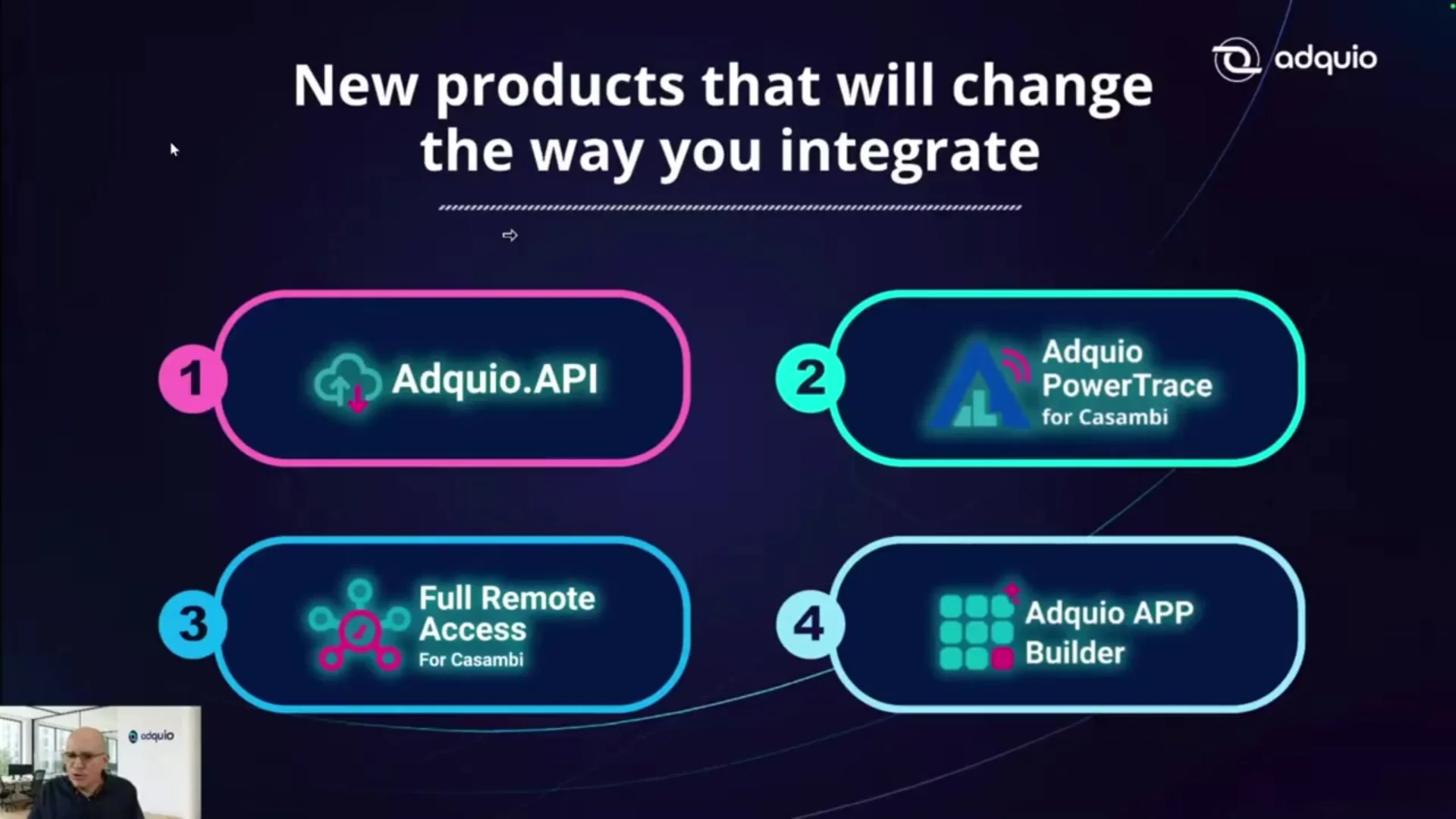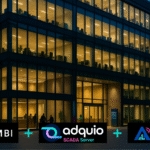
How do Adquio screens work with Casambi?
In previous posts, we have told you that all Adquio displays come with pre-installed design software. This software allows you to design a customer-specific control interface. We have also seen that our post, in which we talked about how Adquio helps you in your Casambi installations, has had a lot of acceptance. Our custom-designed displays and HMIs are also involved.
Well, in this post we are going to explain in more detail how these HMIs work.
How do I connect an Adquio Screen to any of the Adquio controllers?
All you need is an Ethernet cable and an AC power adapter, as all of our current displays come with a power supply in the box when you receive them. You should know that the Adquio Screen device can also be powered through POE (Power over Ethernet cable). The network cable must go from one of Adquio’s Ethernet ports to the Ethernet port of the display. If the installation is a little more complex, there may be one or more switches between the controller and the displays.
How should I configure Adquio to be able to connect a display?
Adquio must serve to the screens the set of variables that they need to work, therefore, you must use the Modbus Export option. This option allows you to select any of the variables you are using with Adquio, either those coming directly from a device, or any of the ones you have defined as virtual variables for your work. From this point on, the display will be able to read the values you have shared with it to display them, and also modify them.
What happens in Adquio when a variable is modified on the screen?
As we have already told you many times, Adquio is event oriented, therefore, when a variable is modified on the screen, Adquio triggers one of these events. This event is called ‘variableChange’, original, isn’t it? In this event, you can write what you want Adquio to do in response to it. It’s as simple as that.
If the variable that the screen has modified belonged to an external device, then this change is sent directly to that device, instantaneously. Of course, if you wish, you can still use the event we discussed earlier, but if you don’t do this, you’re done, the Adquio screen can directly modify the variables of any connected device.
This means that if you have put a ‘Potentiometer’ connected to a Casambi ‘Level’ variable in your display, you will be directly managing the intensity of a luminaire, without delays.
How do I configure the display to connect to Adquio?
On the Adquio screens, there are two things you must do in order to work with an Adquio:
The first one is to tell the display which IP address your server (Adquio) will be on, and which protocol you are going to use, in this case, Modbus TCP. You will call this connection ‘Adquio Mini’, for example.
The second is to tell each component you use which address it is connected to, this is very easy and fast.
What components do I have available to design the interfaces?
You have an infinite number of objects available, such as buttons, switches, linear potentiometers, circular potentiometers, edit fields, labels, panels, etc. With these components, and a good wallpaper, you can create spectacular interfaces.
And what else do these screens offer me?
In addition to the above, this HMI software allows you to manage users with different profiles and restrict access to certain screens according to these profiles.
It allows you to design the number of screens you need, without restrictions, and you can easily jump from one to another.
You can generate screensavers managed by you, and with the content you want. You decide whether to include a logo, useful information, etc.
In addition, and at a general level, the HMI software used in Adquio Screen displays can coexist with other APPs in the same system and continue to work whether it is in the foreground or in the background.
We know that all this would be much more visual if you could not only tell the story but also see it in a video, right? Well, don’t worry, we are already working on it, we hope to publish it next week, both in our Blog and in all our social networks. Don’t miss it.






